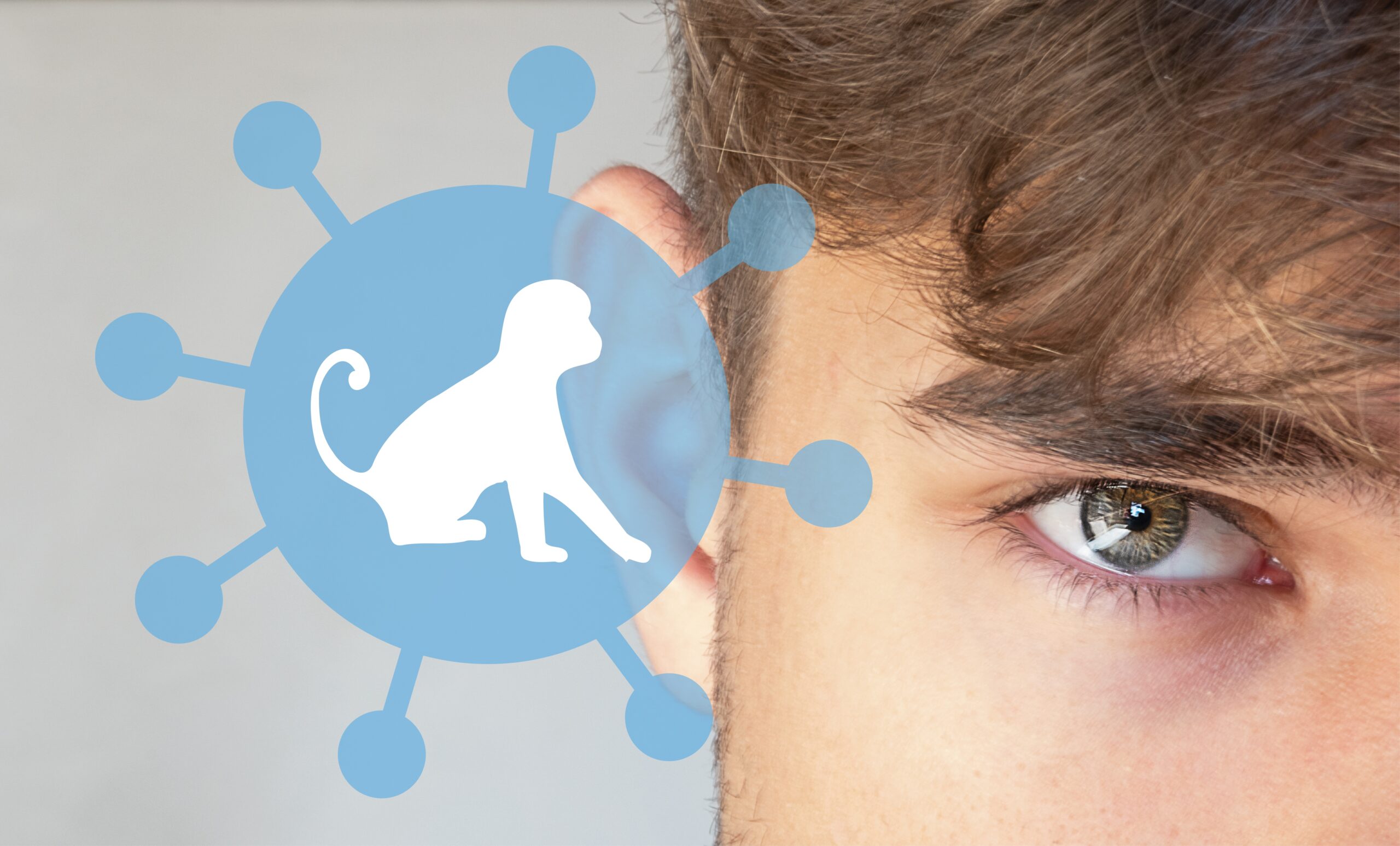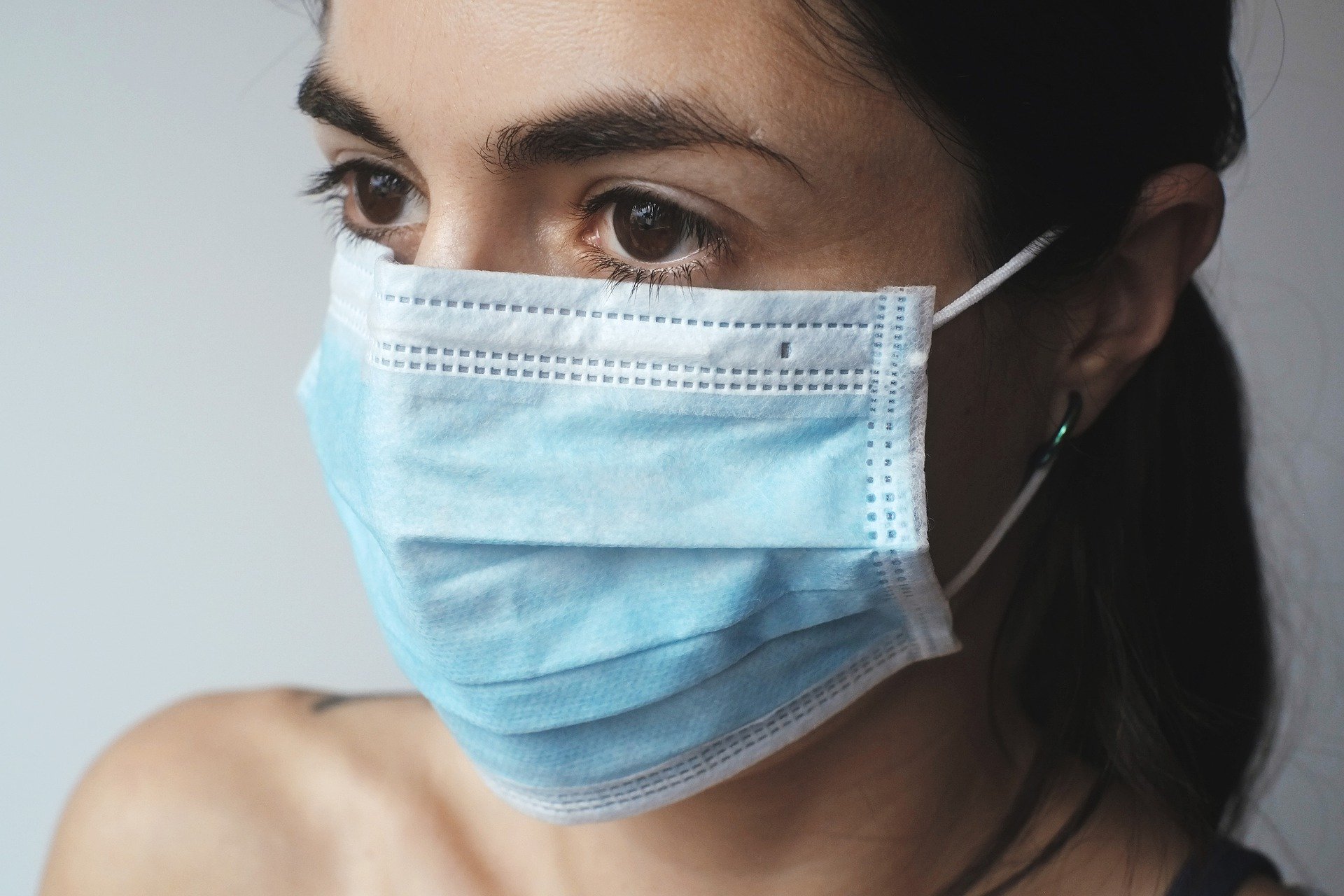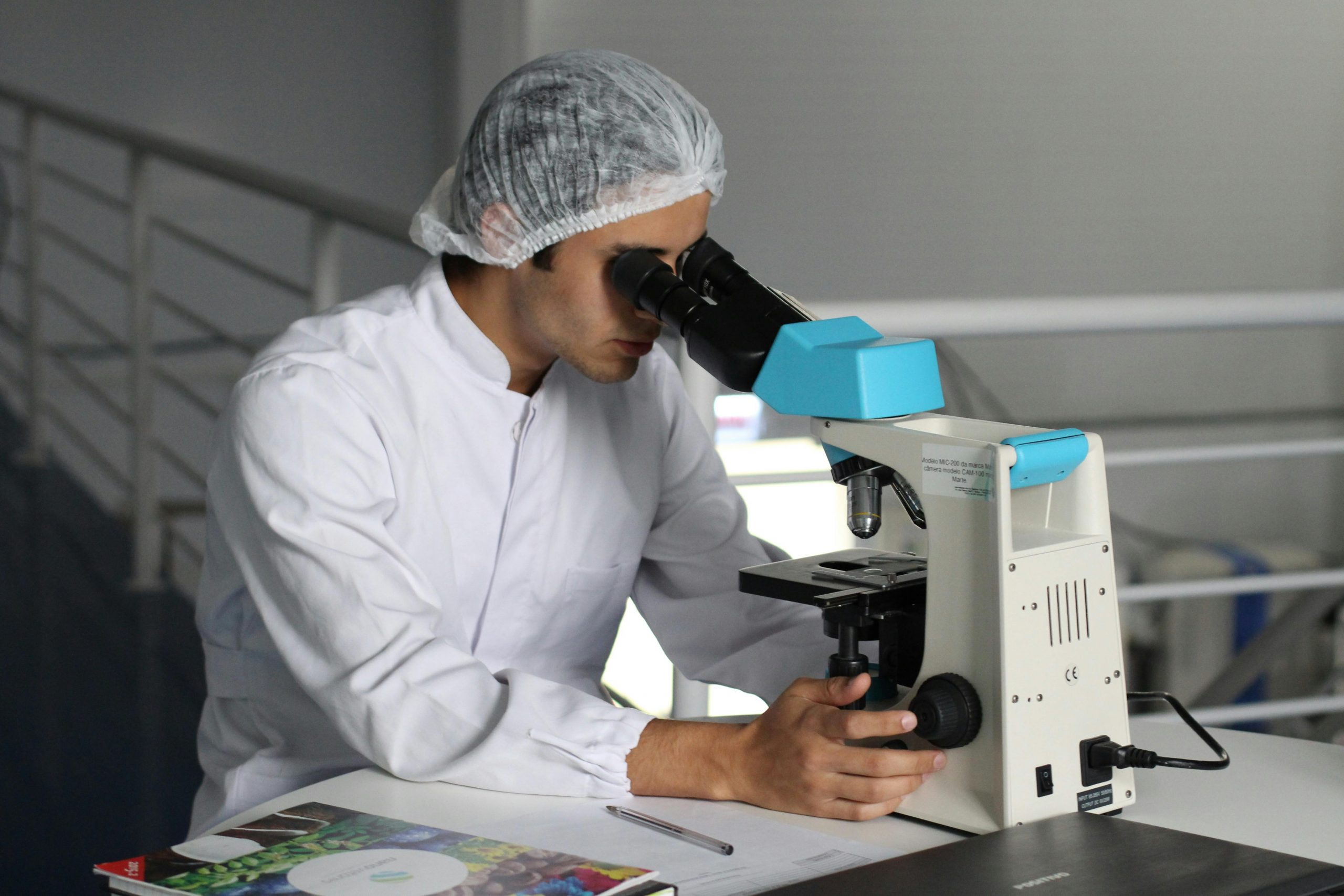The United States reported its first case of monkeypox infection in nearly 20 years in mid 2021. In April, 2022 a CDC report described a man traveling from Nigeria to Texas brought this exotic zoonotic viral disease into the United States. He’d previously changed planes at Atlanta International Airport.
There have been other undocumented instances of this type in recent history. Fourty-seven Americans tourists were diagnosed with monkeypox in 2003 after visiting Chicago and purchasing pet prairie dogs. African rodents infected the animals in The Gambia. The disease’s traces, however, can be traced back at least 45 years, to 1958, when the first cases of monkeypox were discovered in African monkeys kept for research.
A rash resembling that of smallpox covered the animals’ bodies, giving the illness its name. Orthopoxvirus, a genus of viruses, is the culprit. A bulletin published by the World Health Organization in 1980 reports that the first cases of monkeypox in humans have been recorded as early as the 1970s.
Here’s what you need to know about this disease.
How Does Infection Occur?
As with other viral diseases, monkeypox can also be infected by droplets, contact with body fluids, as well as through mucous membranes (mainly mouth, nose and eyes).
Human-to-human infections are uncommon. Most often, infection occurs as a result of contact with a sick animal (by biting or contact with blood and other liquids). Despite its name, monkeypox is most commonly contracted through being bitten… by squirrels.
What are the symptoms of monkeypox and how do you recognize the associated rash?
Initially, the symptoms resemble the flu: feelings of exhaustion, muscle pain, headaches, fever, chills, enlarged lymph nodes, and coughing fits. The disease has a incubation period of 6 to 13 days. Following this time, a distinct rash appears on the skin and in the mouth, which can progress to painful wounds and ulcers after 2-4 weeks.
What does a rash with monkey smallpox look like? These are initially spotted eruptions that develop into vesicles over time. Pustules appear when there is bacterial superinfection.
The disease usually lasts between 2-4 weeks. Scabs appear on the body after the rash, and when they fall off, they leave scars.
Is Monkpox Treatable?
The primary treatment for monkey smallpox is symptomatic. It consists of administering pain relievers as well as antipruritic ointments to the skin (reduce the risk of scratching wounds).
Patients who are severely afflicted by the disease are admitted to a hospital. In their case, antiviral medications may be required.
Can monkeypox Be Prevented?
Of course. As with other viral diseases, it is enough not to come into contact with sick people. However, it is not always known who is infected. That is why vaccines are coming to the rescue.
Although there is no vaccine developed yet against monkeypox, those against smallpox are successfully used. According to estimates, it gives 85% protection. People who have been vaccinated for smallpox in childhood also have a lower risk of infection.
Work on the creation of a vaccine against monkey smallpox is still ongoing.
A form of protection against smallpox is also protective masks currently used in the world. Their use reduces the risk of infection.
Is There Anything to Fear?
The first reports of new cases of monkeypox in the media were concerning. A new epidemic was even predicted. To date, the disease has been diagnosed in over 70 countries worldwide. Spain had the highest number of patients (over 3000 cases), with the United States coming in second (almost 2900 cases, including more than 800 in New York).
Meanwhile, experts say we shouldn’t be concerned. The mortality rate for this disease is 10% (compared to 30% for smallpox). Furthermore, the most recent cases are of the West African variety, with a mortality rate of less than 1%.
This means we must be cautious, but it is not necessarily cause for concern. The risk of contracting monkeypox, let alone dying, is extremely low.




